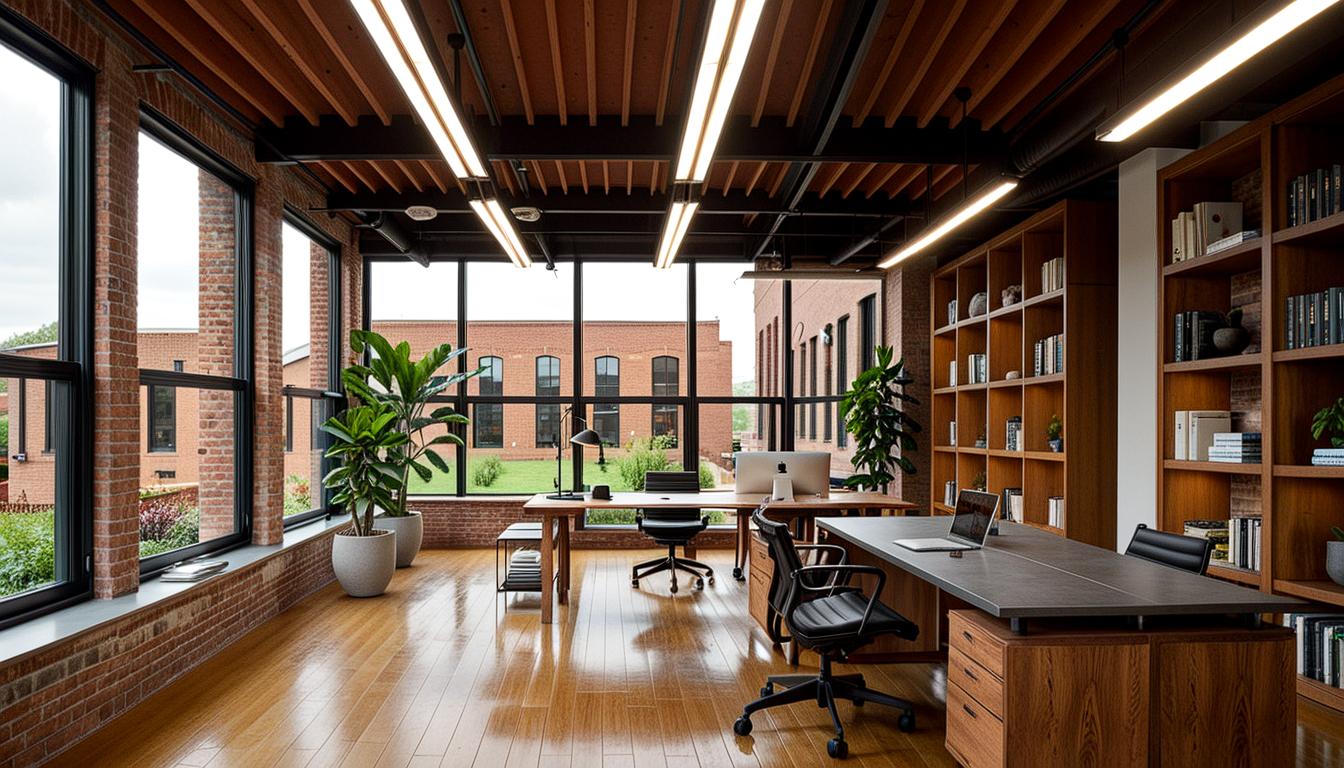Homeowner’s Association and Architectural Standards
Discover the crucial part that a Homeowner’s Association (HOA) plays in defining the criteria for architectural product usage.
- The Power of HOA’s in Adopting Architectural Standards: HOA’s hold the capability to dictate architectural regulations that surpass those enlisted in the CC&Rs (Covenants, Conditions & Restrictions). However, these need to align with the empowering language of the CC&Rs.
- Association and Power Play: When associations exercise their control over architectural standards, they are obligated to act in good faith and not make arbitrary decisions. Their actions should always be in the best interest of their members.
- The Role of Discretion and the Architectural Committee: Associations often delegate discretionary authority to an Architectural Committee. They then utilize aesthetic judgment for the approval of proposed architectural enhancements.
Getting Your Products Specified
The journey of how products are chosen for use in a project, as seen from the standpoint of manufacturers and suppliers.
- Architectural Product Selection: Agents involved in architectural design rely heavily on various factors, such as project requirements, aesthetic value, sustainability, cost, adherence to rules, technical data, supplier reputation, and client preferences, to select materials.
- The Role of Specifications: Specifications guide contractors on what materials to use for a project, effectively acting as an instruction manual. Suppliers often strive to have their products specified as it paves the way towards a potential sale.
- Finding and Choosing Materials: Architects often source their materials locally to save on shipping costs, reduce carbon footprint, and avoid delays. Other factors like budget and availability also come into play. Aesthetics, sustainability, and client preferences cannot be ignored.
- Factors Influencing Design and Material Selection: Architectural style, color, texture, and sustainability are major influencers in the final material selection. After all, it’s not just the project requirements but also the resultant aesthetic and environmental impact that counts.
Prototyping and Product Design
The significance of investigation, prototyping, and adaptability in product design.
- Importance of Early Architecture Investigation: Investigating architectural possibilities at the onset influences the product development direction. Changes made at this stage are more cost-effective compared to later stages.
- Flexibility and Close Communication with Clients: Staying flexible is vital as client requirements often change during the design process. Consequently, maintaining a close bond with clients helps understand their evolving needs and assists in prioritizing the design process.
FAQs
- What is the role of a Homeowner’s Association in defining architectural standards?
A Homeowner’s Association can set architectural standards that exceed those in the CC&Rs, provided they align with empowering language in the CC&Rs. They hold a fiduciary duty towards their members to act in their best interests. - How does an architect choose materials for a construction project?
Architects choose materials based on factors like project requirements, aesthetic appeal, durability, cost, compliance with rules, technical data, supplier reputation, and customer preference. Further, sustainable and locally sourced materials are given preference to mitigate environmental impact. - Why is it important to remain flexible during the architectural design process?
Flexibility is crucial as client-driven requirements often change during the design process. Thus, adapting and prioritizing as per new information about market and customer needs helps in creating a successful product. - What factors influence the final material selection in an architectural design?
Final material selection is influenced by project requirement, aesthetic considerations, cost, client preferences, and sustainability. Wherever possible, locally sourced materials are preferred. - What strategies can suppliers use to get their products specified by architects?
Suppliers should provide comprehensive data about their products, maintain a good reputation, and offer innovative solutions. Keeping architects updated about product developments and making products easily available can increase the chances of their selection.






